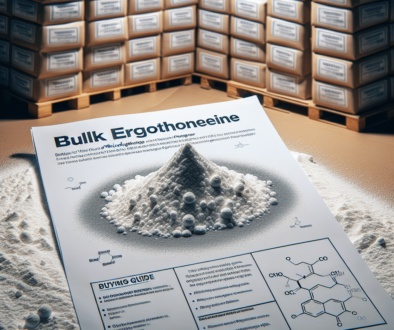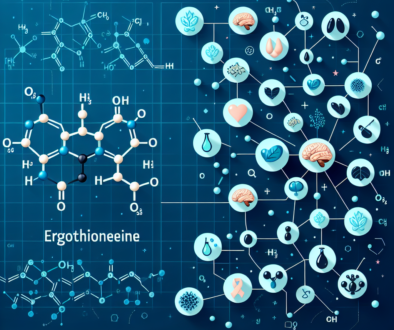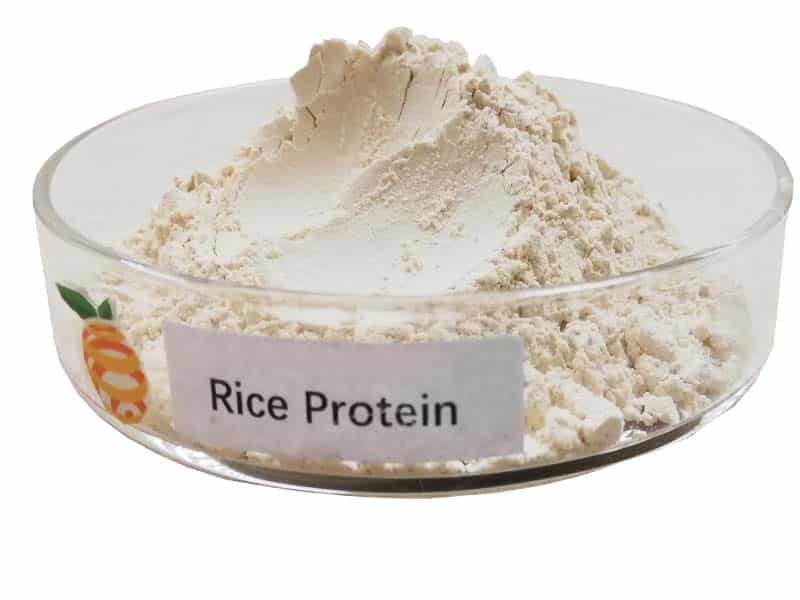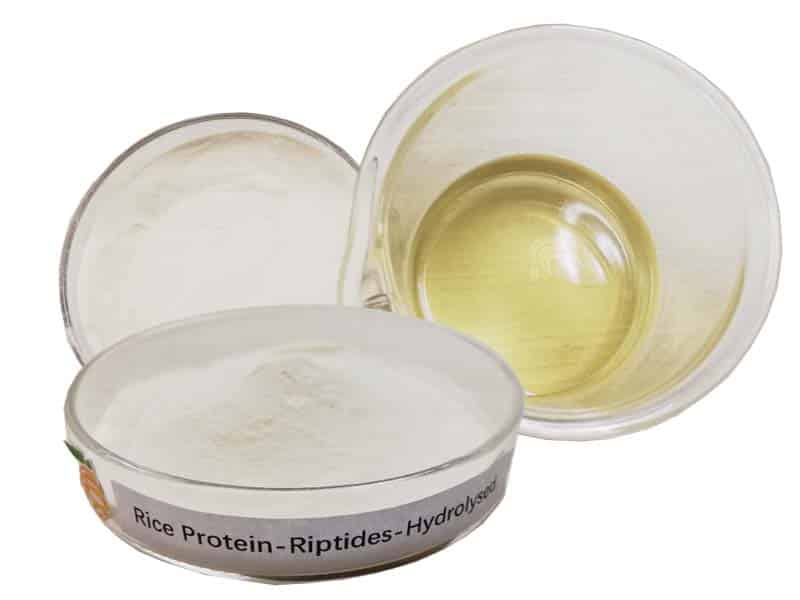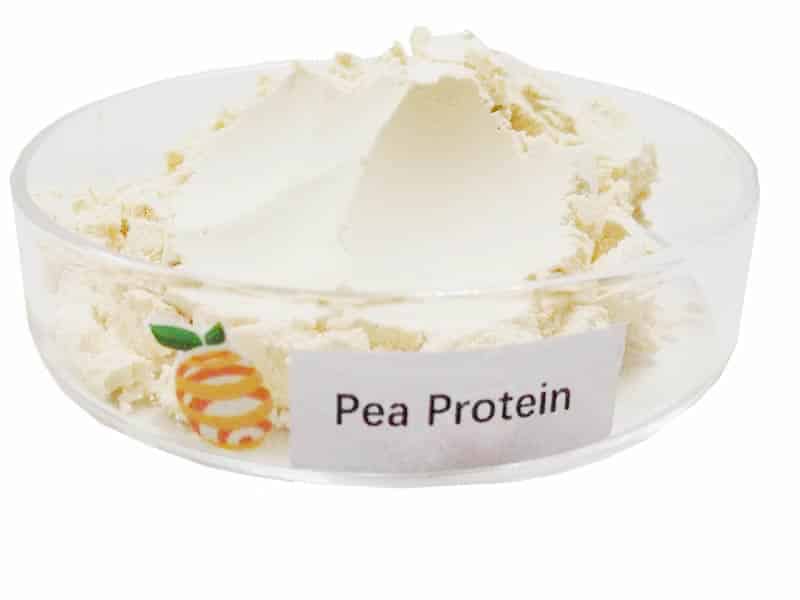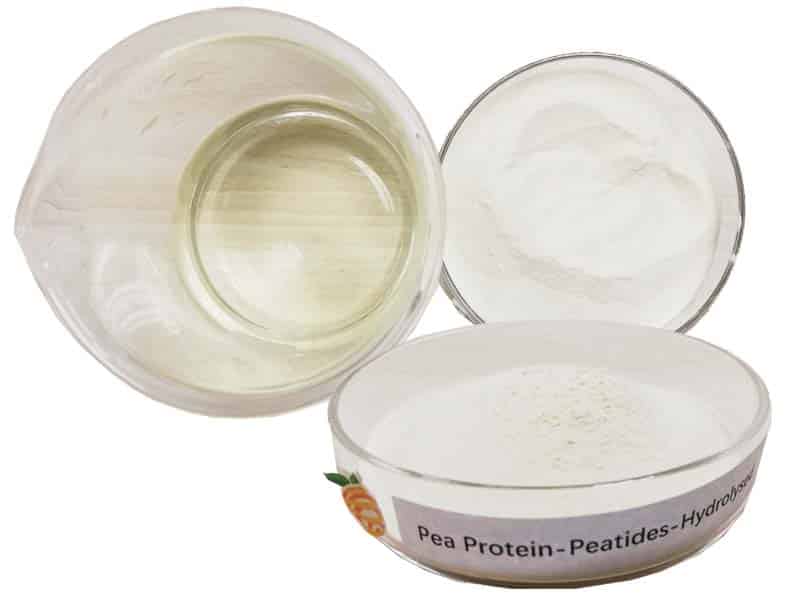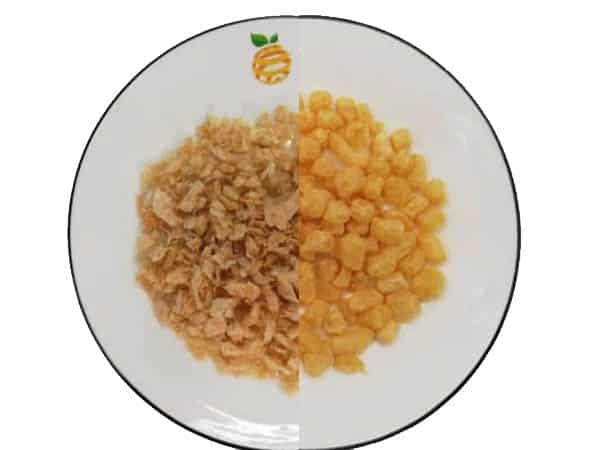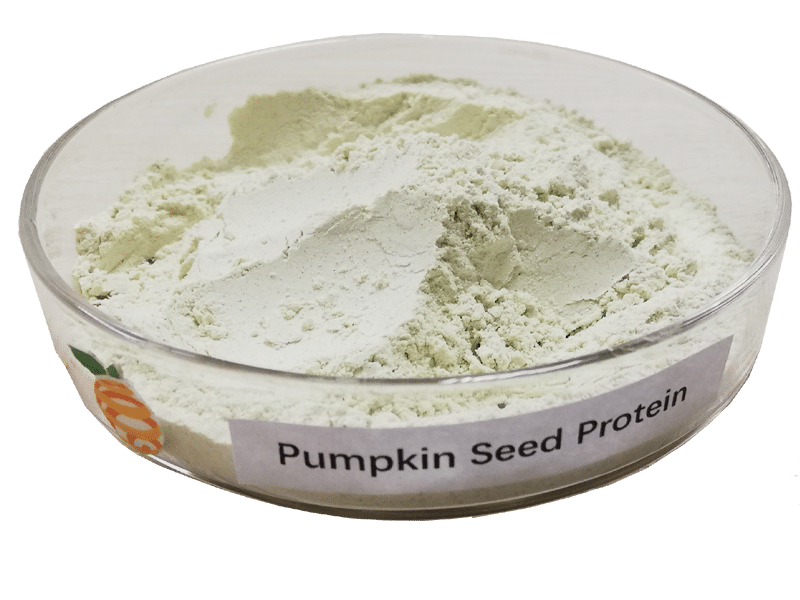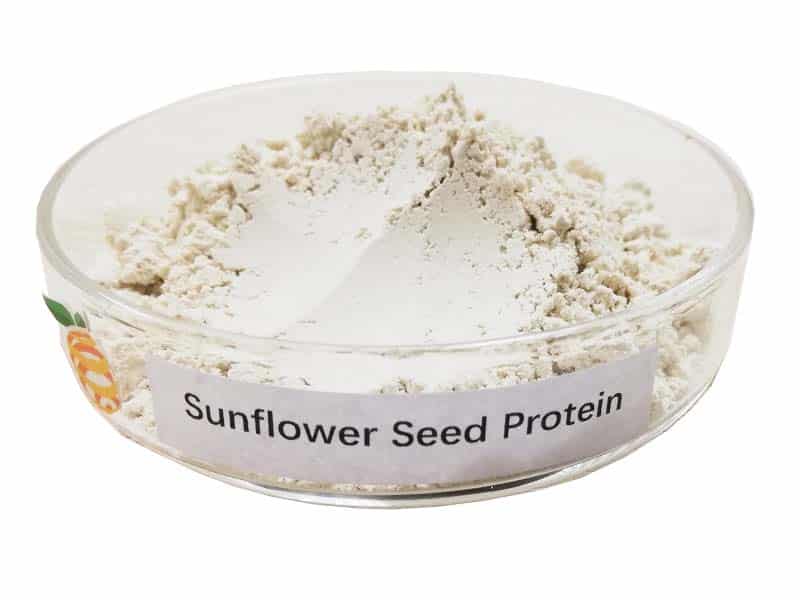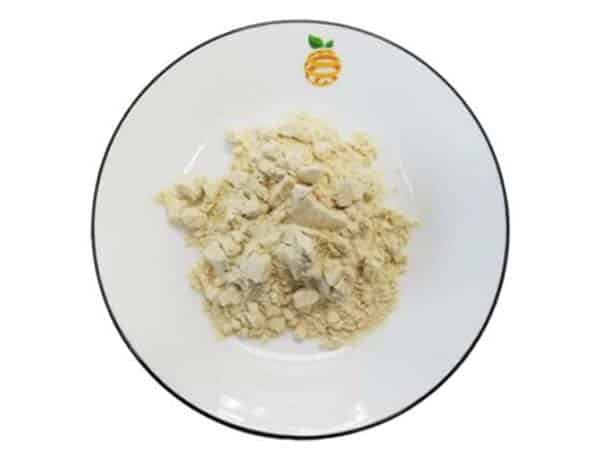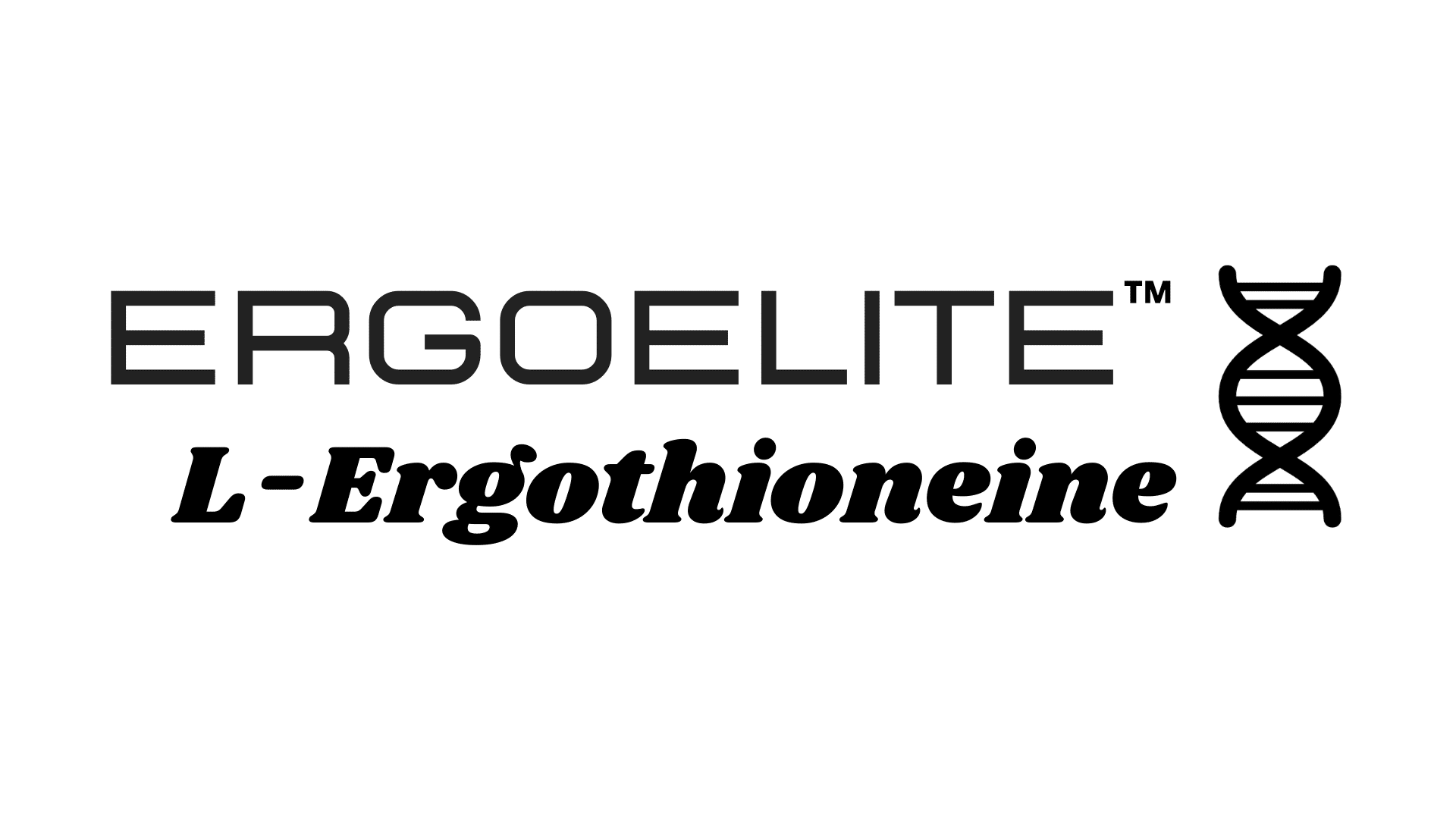Ergothioneine Levels in Mushrooms: Best Sources
-
Table of Contents
- Ergothioneine in Mushrooms: Discovering the Best Sources
- Understanding Ergothioneine and Its Importance
- Identifying Mushrooms with High Ergothioneine Levels
- Maximizing Ergothioneine Intake from Mushrooms
- Research and Case Studies on Ergothioneine in Mushrooms
- Statistical Insights into Ergothioneine and Mushroom Consumption
- Conclusion: The Power of Mushrooms in Boosting Ergothioneine
- Enhance Your Health with ETprotein’s Protein Products
Ergothioneine in Mushrooms: Discovering the Best Sources

Ergothioneine, a naturally occurring amino acid, has garnered significant attention due to its potential as an antioxidant and its role in protecting cells from oxidative damage. This sulfur-containing compound is not synthesized by humans, so it must be obtained through diet, with mushrooms being one of its richest sources. This article delves into the significance of ergothioneine, its presence in various mushroom species, and how to incorporate these fungi into your diet for optimal health benefits.
Understanding Ergothioneine and Its Importance
Ergothioneine (ET) is a unique antioxidant with a specific transporter in the human body, indicating its biological significance. Studies suggest that ET may help protect against chronic inflammatory diseases, neurodegenerative disorders, and may even slow down the aging process. Unlike other antioxidants, ergothioneine is highly stable and can provide long-lasting protection to the cells.
Identifying Mushrooms with High Ergothioneine Levels
While ergothioneine is found in various food sources, mushrooms are by far the most abundant and accessible source. Here’s a list of mushrooms known for their high ergothioneine content:
- Porcini Mushrooms (Boletus edulis): Renowned for their rich flavor, porcini mushrooms top the list with some of the highest levels of ergothioneine.
- Oyster Mushrooms (Pleurotus ostreatus): These common mushrooms are not only delicious but also a great source of ET.
- Shiitake Mushrooms (Lentinula edodes): Popular in Asian cuisine, shiitake mushrooms offer a significant amount of ergothioneine.
- King Oyster Mushrooms (Pleurotus eryngii): These large mushrooms are another excellent source of ET.
- Maitake Mushrooms (Grifola frondosa): Also known as “hen of the woods,” maitake mushrooms contain notable levels of ergothioneine.
- Button Mushrooms (Agaricus bisporus): The most commonly consumed mushroom worldwide, button mushrooms, and their mature form, portobello mushrooms, also contribute to ET intake.
It’s important to note that ergothioneine levels can vary based on mushroom species, growing conditions, and processing methods. Wild mushrooms tend to have higher levels of ET compared to cultivated ones, but both are valuable sources of this potent antioxidant.
Maximizing Ergothioneine Intake from Mushrooms
To reap the full benefits of ergothioneine from mushrooms, consider the following tips:
- Variety is Key: Incorporate different types of mushrooms into your diet to ensure a diverse intake of ET.
- Cooking Methods: Ergothioneine is heat-stable, so feel free to cook mushrooms without worrying about losing this valuable compound.
- Regular Consumption: Make mushrooms a regular part of your diet to maintain steady levels of ergothioneine in your body.
- Supplementation: For those who may not consume mushrooms regularly, ergothioneine supplements are available, though whole food sources are generally preferred.
Research and Case Studies on Ergothioneine in Mushrooms
Several studies have highlighted the importance of ergothioneine in health and disease prevention. For instance, research has shown that communities with higher mushroom consumption have lower incidences of neurodegenerative diseases, suggesting a protective effect of ET. Additionally, a study published in the journal “Food Chemistry” found that ergothioneine levels in mushrooms remain stable even after cooking, confirming that dietary intake is an effective way to boost ET levels in the body.
Statistical Insights into Ergothioneine and Mushroom Consumption
Statistics reveal that countries with high mushroom consumption, such as Japan and Poland, have populations with higher blood levels of ergothioneine. This correlation further supports the role of mushrooms as a crucial dietary source of ET. Moreover, the global mushroom market is on the rise, with an increasing number of consumers recognizing the health benefits of these fungi, including their ergothioneine content.
Conclusion: The Power of Mushrooms in Boosting Ergothioneine
In conclusion, mushrooms are a superfood when it comes to ergothioneine content. By incorporating a variety of mushrooms into your diet, you can take advantage of this potent antioxidant’s protective benefits. Whether you prefer them sautéed, roasted, or in a supplement form, mushrooms offer a delicious and healthful way to enhance your ergothioneine intake.
Enhance Your Health with ETprotein’s Protein Products
If you’re looking to further boost your health and dietary protein intake, consider ETprotein’s range of high-quality protein products. Their offerings, including organic rice protein, pea protein, and various seed proteins, are an excellent addition to any health-conscious individual’s diet. Moreover, ETprotein provides L-(+)-Ergothioneine in various grades suitable for pharmaceutical, food, and cosmetic applications. By choosing ETprotein, you can ensure you’re getting pure, non-GMO, and allergen-free proteins along with the benefits of ergothioneine.
About ETprotein:
ETprotein, a reputable protein and L-(+)-Ergothioneine (EGT) Chinese factory manufacturer and supplier, is renowned for producing, stocking, exporting, and delivering the highest quality organic bulk vegan proteins and L-(+)-Ergothioneine. They include Organic rice protein, clear rice protein, pea protein, clear pea protein, watermelon seed protein, pumpkin seed protein, sunflower seed protein, mung bean protein, peanut protein, and L-(+)-Ergothioneine EGT Pharmaceutical grade, L-(+)-Ergothioneine EGT food grade, L-(+)-Ergothioneine EGT cosmetic grade, L-(+)-Ergothioneine EGT reference grade and L-(+)-Ergothioneine EGT standard. Their offerings, characterized by a neutral taste, non-GMO, allergen-free attributes, with L-(+)-Ergothioneine purity over 98%, 99%, cater to a diverse range of industries. They serve nutraceutical, pharmaceutical, cosmeceutical, veterinary, as well as food and beverage finished product distributors, traders, and manufacturers across Europe, USA, Canada, Australia, Thailand, Japan, Korea, Brazil, and Chile, among others.
ETprotein specialization includes exporting and delivering tailor-made protein powder and finished nutritional supplements. Their extensive product range covers sectors like Food and Beverage, Sports Nutrition, Weight Management, Dietary Supplements, Health and Wellness Products, and Infant Formula, ensuring comprehensive solutions to meet all your protein needs.
As a trusted company by leading global food and beverage brands and Fortune 500 companies, ETprotein reinforces China’s reputation in the global arena. For more information or to sample their products, please contact them and email sales(at)ETprotein.com today.



